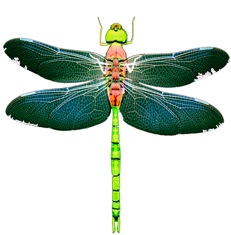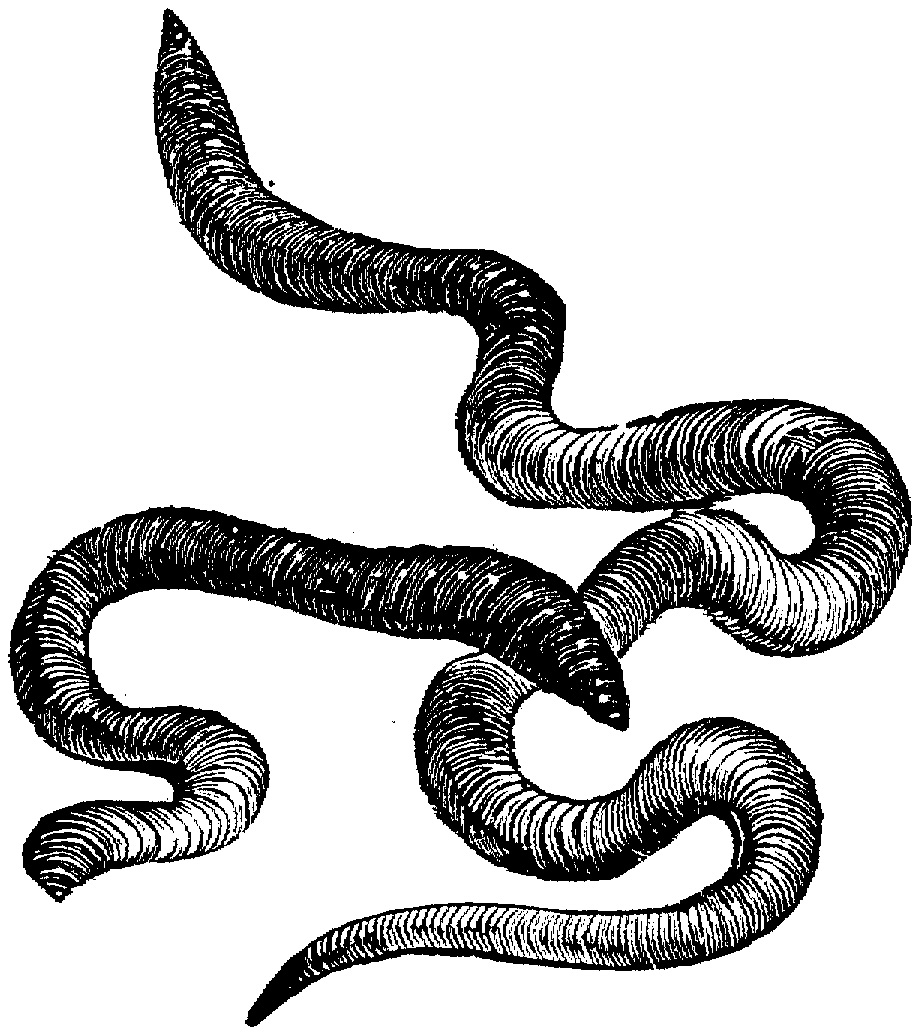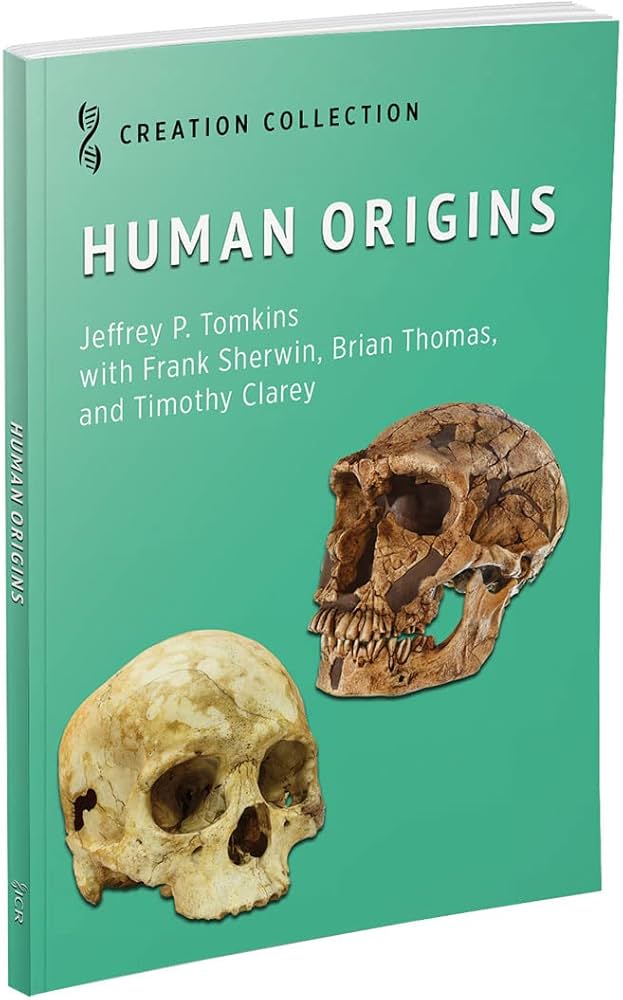Articles » Introductory
The ball arcs into the air, and then downward. A player rushes forward. Whew!! Another save made. The player’s strategy was to move to intercept the ball as it follows a predictable trajectory downward. We are happy the ball was caught, but the situation was not complicated. This is called a “constant bearing strategy” in pursuit of a target moving in a predictable arc. The strategy becomes more serious however when we learn that many animals similarly catch their prey by converging on the straightforward escape route of the hapless victim. Read the rest of this entry »
Creation Weekend 2015
October 23 & 24, 2015
It is not very often that an Edmonton audience has the opportunity to hear a world class expert tie together medical research, technology and Christian faith. Read the rest of this entry »
The common earthworm, part of the Annelid phylum, (Annelida is Latin for little rings) plays a critical part in producing and maintaining fertile soil. Its role includes forming channels in the soil to allow for effective aeration, a critical process necessary for most soil dwelling life forms. The channels that earthworms produce also allow the soil to hold the large amounts of water that provide for plant survival (Johnson, 2002). Read the rest of this entry »
This is one part nature documentary and one part evolutionary takedown. Illustra Media understand that a great way to expose evolution is to take a close in-depth look at some of the creatures that God has made. In Darwin’s day scientists didn’t have the ability to look inside the cell, and only had a glimmering of how incredibly complex even the simplest living creatures are. Now we know so much more – it turns out that even the simplest cell in our body has astonishingly complex and coordinated inner workings. Some have compared the complexity of a cell to the complexity of an entire city!
German astronomer and mathematician Johann Kepler (1571 –1630) was a central figure in the 17th century scientific revolution. He was not only the founder of the physical astronomy discipline, “the first astrophysist,” and an outstanding scientist, he was also a committed Christian (Morris, 1998, p. 33; Gingerich, 1993, p. 305). Kepler is best known for discovering the three laws of planetary motion that provided a foundation for Isaac Newton’s theory of universal gravitation (Dao, 2008, p. 8). The problem that motivated the discovery of his three laws was observational astronomy did not support the circular orbit belief, and Kepler was able to determine why. Read the rest of this entry »
Features World Class Scientist Dr. John Baumgardner
October 28 & 29, 2016
Dr. John Baumgardner is one of the world’s leaders in terms of significant contributions to science. He has used his expertise to develop computer models to study many aspects of our world. For example he developed a model to study how Earth’s rock systems work and have worked in the past (as for example during the Flood), weather and climate systems and how popular scientific ideas about mutation and natural selection (Darwinism) simply cannot work to produce evolution. Read the rest of this entry »
A prominent biology journal has withdrawn a research article which it had published a few weeks previously. The sole reason was three references to the “Creator” in connection with the structure and function (design) of the human hand. Retractions or withdrawing scientific articles from publication used to be almost unheard of. In recent years however such events have become increasingly common. The most common reason is that the information contained therein was falsified or fraudulent (made up). Read the rest of this entry »
Geophysicist Dr. John Baumgardner came to Edmonton after having delivered lectures in the Lower Mainland of B.C., and in Calgary. In Edmonton he delivered four lectures to large appreciative audiences. In all his presentations Dr. Baumgardner set the context by declaring that in our society today, secular science is used as a weapon to draw young people away from their early Christian training. Dr. Baumgardner illustrated this with images of five castles, strongholds deployed in a battle against the knowledge of God. These strongholds are Darwinian evolution, uniformitarian geology, big bang cosmology, materialist philosophy and radioisotope dating methods. During this lecture series in Edmonton, our guest speaker touched on materialist philosophy (Friday evening), Darwinian evolution (Saturday morning and afternoon) and uniformitarian geology (Saturday evening). Read the rest of this entry »
A recent list of the 100 most important “scientific discoveries that changed the world” lists Rick Smalley’s discovery of Buckyballs (English, 2014, p. 13). But who was this man? Richard (Rick) Smalley (June 6, 1943-October 28, 2005) was Professor of Chemistry, Physics, and Astronomy at Rice University. He was awarded the Nobel Prize in Chemistry in 1996 (along with Sir Harry Kroto and Robert Curl) for the discovery and research on a new allotrope (form) of carbon. He called this unique soccerball-shaped molecule buckminsterfullerene, nicknamed buckyballs. Soon a more comprehensive category called fullerenes was proposed to include nanotubes. Read the rest of this entry »
Mudskippers are amphibious fishlike creatures that use their short muscular pectoral and pelvic fins to “walk” on mud in a series of skipping like steps, thus their name. These unique about 30 cm long creatures, typically live in intertidal habitats where the water level changes with each tide change (Hafer, 2016, p. 66). Most other intertidal fish survive tide changes by taking refuge under wet seaweed or in tide pools. Mudskippers are different. They exhibit many unique adaptations to their muddy environment that are rarely, or never, found in other intertidal fishes (Marsh, 2015). Read the rest of this entry »
We seldom reflect on how interesting skunks can be. The nine identified skunk species are notorious for their scent glands that can accurately shoot noxious oily amber spray as a defensive weapon. Two glands, one on each side of their anus, produce the spray, which is a complex mixture of sulfur-containing chemicals. The pungent spray causes irritation to the skin like pepper spray, even temporary blindness—which may be why skunks often try to target the face (Schuster, 1992, p. 34). Read the rest of this entry »
Many people claim they are not interested in science, but this is not really true. Perhaps they never really studied nature, but there are few people who do not notice how interesting and beautiful the surrounding countryside is. Did you realize for example that magpies are common in the western half of North America, but not in central Canada? Some people say that these distinctive birds are so common in Edmonton that this is the “magpie capital of Western Canada” (a dubious distinction). Read the rest of this entry »
The Octopus is considered a primitive invertebrate, below chordates such as fish, yet it has advanced traits rivaling even those of humans. In the words of one scientist, “With its eight prehensile arms lined with suckers, camera-like eyes, elaborate repertoire of camouflage tricks and spooky intelligence, the octopus is like no other creature on Earth.” (Abbott, 2015, p. 1). He arrived at this conclusion because they “have the largest nervous systems among the invertebrates and present other striking morphological innovations including camera-like eyes, prehensile arms, a highly derived early embryogenesis, and a remarkably sophisticated adaptive coloration system.” (Albertin, at al., 2015, p. 220). In short, the octopus is utterly different from all other animals, even other mollusks. For this reason and other reasons, its origin has stymied Darwinists. Read the rest of this entry »
Creation Science Association of Alberta is delighted to announce two wonderful speakers for Creation Weekend on Friday October 20 and Saturday October 21, 2017.
On Friday evening Carson Lueck B.Sc., B. Ed., is scheduled to speak on “How the Authority of Scripture Impacts Science”. This session will be aimed at youth and young adults. So bring your busloads of students to this event!
On Saturday October 21 come to hear Dr. John Byl, professor emeritus from Trinity Western University in Langley, B.C. His research interests include astronomy, physics, mathematics and the interaction between Christian faith and science, he has lectured in a large number of countries all over the world.
A place where families can play and learn!
This summer during our annual family camping trip on a gloomy definitely-not-beach-weather kind of day, we discovered the DINOS (Discovery Institute of Nature, Origins and Science) Centre. When someone suggested going to a new facility with a unique combination of indoor mini-golf, laser tag, and a café, as well as a Bible History Museum and an outdoor driving range, everybody agreed! Read the rest of this entry »





















